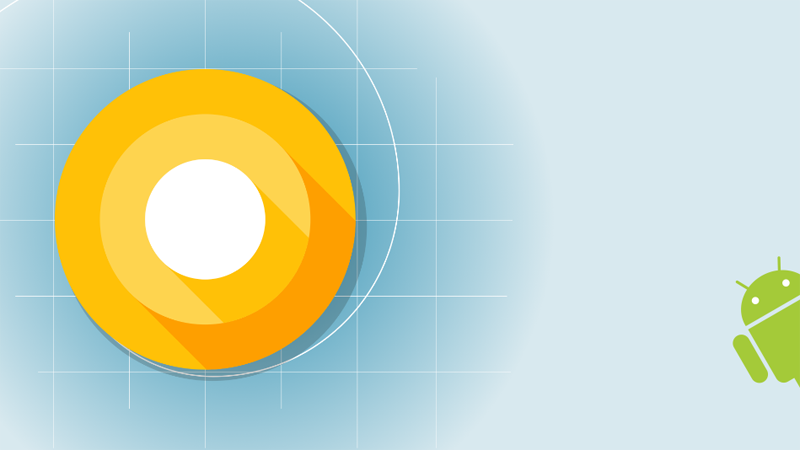Google’s Android O Promises Better Battery Life

Android remains the world’s biggest operating system, even though Apple get’s all the attention. For the second year in a row, Google is making a developer preview for the next version of Android available in March, well ahead of its presumed consumer release. Google has done it again, releasing the Developer Preview of its next Android operating system ahead of its annual Google I/O developer’s conference. The first build is available for Nexus 5X, Nexus 6P, Nexus Player, Pixel C, Pixel and Pixel XL.
Android O.
After releasing Android Nougat, this new version is codenamed “O.” You must be guessing as to what dessert the final version will be named after. It isn’t yet available for regular users to try out. The developers can begin testing it right away using the preview.
Google has introduced a number of new features and APIs to use in your apps with the new Android O. Here are a few new things for you that you can start trying in this first Developer Preview:
Background Limits.
Android O puts a focus on improving a user’s battery life and the device’s interactive performance. To make this possible, they have put additional automatic limits on what apps can do in the background. They have divided it into three main areas: implicit broadcasts, background services, and location updates. These changes will make it easier to create apps that have very less crash on a user’s device and battery.
Notification Channels.
Google also introduces notification channels with Android O. These are new app-defined categories for notification content. Notification Channels allow developers to give users fine control over different kinds of notifications. For example, users can block or change the behavior of all the channels individually, rather than managing all of the notifications together. Android O also adds new visuals and grouping to notifications. This will make it easier for users to see what’s going on while they are receiving a message or are taking a look at the notification shade.
Autofill APIs.
Android users are already dependent on a range of password managers to autofill login details and repetitive information. This makes setting up new apps or placing transactions easier. Now they are adding platform support for autofill. Users can select an autofill app. It is pretty similar to the way they select a keyboard app. The autofill app stores and secures user data, such as addresses, user names, and even passwords.
Picture in Picture (PIP).
PIP display is now available on phones and tablets, so you can continue watching a video while they’re answering a chat. Apps can put themselves in PiP mode from the resumed state where the system will support it. You can also specify the aspect ratio and a set of custom interactions such as play/pause.
Font Resources in XML.
Apps can now use fonts in XML layouts. They can also define font families in XML. This will declare the font style and weight along with the font files.
Adaptive Icons.
You can make adaptive icons that the system displays in different shapes, based on a mask selected by the device in order to merge better with the device UI. The system also energises interactions with the icons, and uses them in the launcher, shortcuts, Settings, and in the overview screen.
Wide-gamut Color For Apps.
Android developers can now gain the benefit of new devices that have a wide-gamut color capable display. To display wide gamut images, apps will need to allow a flag in their manifest and load bitmaps with an embedded wide color profile.
Keyboard Navigation.
With the arrival of Google Play apps on Chrome OS and other large form factors, you will see a resurgence of keyboard navigation use within the apps. In Android O, they have focused on building a more reliable, predictable model for the arrow and tab navigation. This way they plan to help both developers and end users.
Conclusion.
Google won’t formally launch Android O until the I/O conference in May. You can count on more features to come. The final version of Android N was released in August 2016 as Android Nougat, and you are looking at a similar time frame in 2017 for the release of Android O.




